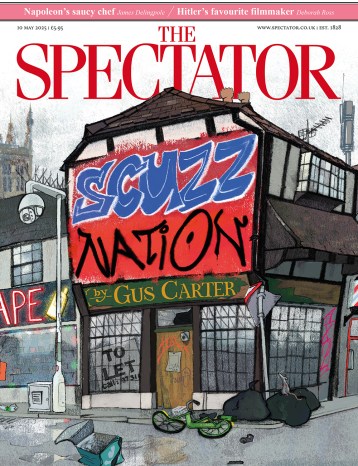
When was the last time you shuddered in the stalls as a deathly thriller played out on stage? It’s a long time since the heyday of the West End whodunnit, when audiences piled tight
into theatres only to better leap from their seats and squeal each time Death struck again. The world expert on modern storytelling structures, Princeton professor Peter Brooks, claims that rise of
the thriller was directly related to middle class anxiety about social and familial disorder – perhaps, in Broken Britain, there are few suffocating nuclear families from which to escape, and
the chaos of the outside world is less of a shocking intrusion than a constant presence. Or perhaps their place has been taken by cosy ITV mysteries – chintzy reminders in Midsummer Murders
or Marple of an imaginary time when murder was middle class, and could always eventually be diagnosed and contained. Screen horrors can still thrill, but they’re fundamentally safer than live
theatre: however much the villain may rant and rave when Poirot confronts him, he can’t leap through the television, whereas if you’re stuck in an enclosed space with the cast of Ira
Levin’s Deathtrap, there’s no knowing what they might to do you.

Britain’s best politics newsletters
You get two free articles each week when you sign up to The Spectator’s emails.
Already a subscriber? Log in






Comments
Join the debate, free for a month
Be part of the conversation with other Spectator readers by getting your first month free.
UNLOCK ACCESS Try a month freeAlready a subscriber? Log in